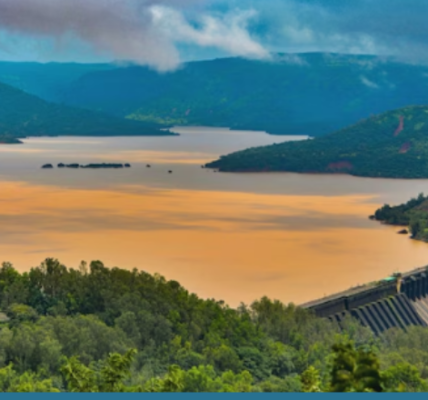A Heatwave Beneath the Waves
As temperatures soar across India, another crisis brews beneath the surface of the Bay of Bengal. Sea surface temperatures (SST) in the region have surged to alarming levels, reaching a blistering 31-32 degrees Celsius, particularly around the Andaman and Nicobar islands. This unprecedented spike not only spells trouble for marine ecosystems but also casts a shadow over India’s monsoon season.
The Perfect Storm: Climate Factors at Play
The surge in SST is not an isolated event but rather a culmination of various climate factors. Recent observations reveal a rise in deep atmospheric convection over the eastern Bay of Bengal, driven by an intensified easterly flow interacting with the Equatorial Trough. This atmospheric upheaval sets the stage for a potentially tumultuous monsoon season.

Monsoon Surge on the Horizon
Anticipation mounts as meteorologists predict the onset of the monsoon surge around May 17. This cross-Equatorial flow is poised to bring relief to parched regions but also heralds the formation of tropical systems in the Bay of Bengal. With the surge expected to peak post May 20, the region braces for erratic weather patterns and sporadic rain and wind events.
Implications for India’s Weather Patterns
The convergence of rising SSTs and turbulent atmospheric conditions presents a grave threat to India’s weather patterns. Disruptions near Southern peninsular India could exacerbate the situation, drawing adverse weather systems eastward into the Bay of Bengal. The implications are dire, with the potential for widespread disruption and damage.
Navigating the Storm: Preparedness Measures
As the monsoon season looms, preparedness is paramount. Accurate forecasting and timely dissemination of information are essential for mitigating the impact of adverse weather events. Disaster management strategies must be robust and responsive, ensuring the safety and well-being of communities across the region.
The Call to Action: Addressing Climate Change
The escalating crisis in the Bay of Bengal serves as a stark reminder of the urgent need to address climate change. Rising sea surface temperatures, driven by human-induced factors, underscore the vulnerability of coastal regions and marine ecosystems. Concerted global efforts are required to mitigate the impacts of climate change and safeguard our planet’s future.
Conclusion:
As India grapples with the dual challenges of soaring temperatures and escalating climate crises, the situation in the Bay of Bengal demands immediate attention. The looming threat to the monsoon season underscores the imperative for proactive measures and collective action. Only through concerted efforts to address climate change can we hope to weather the storm and build a more resilient future for generations to come.





